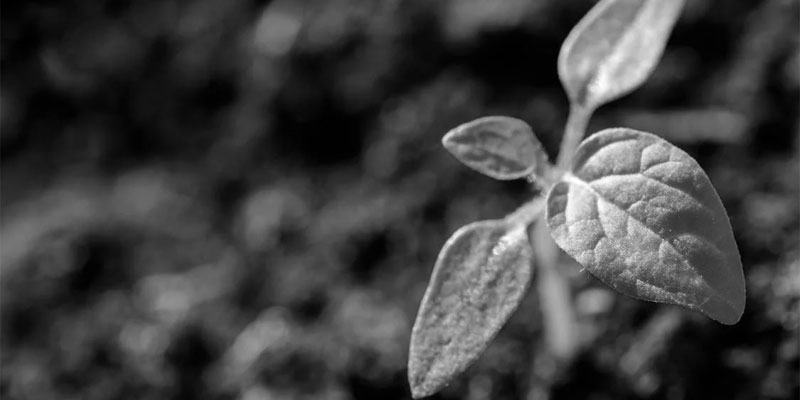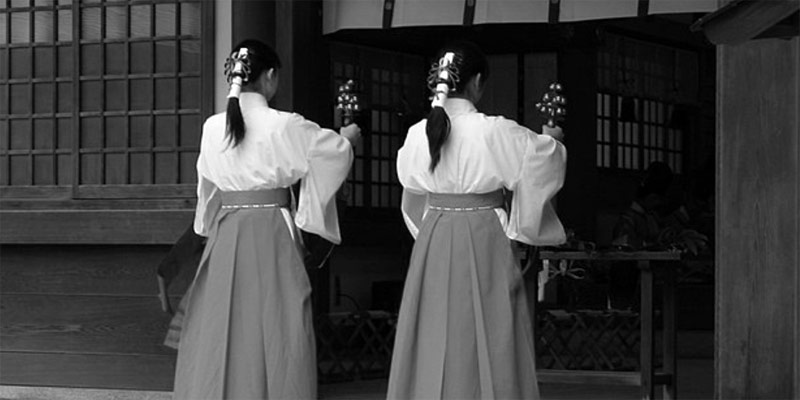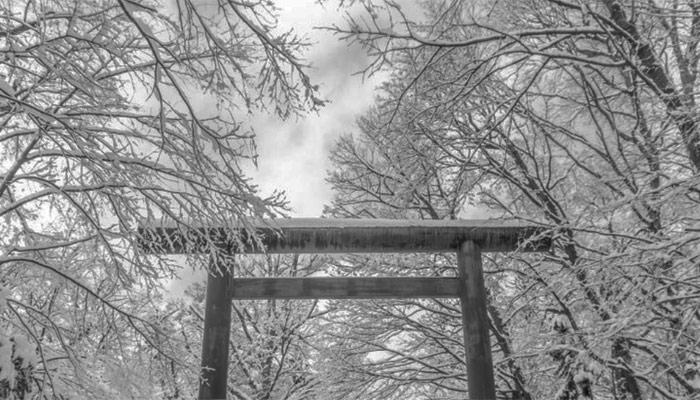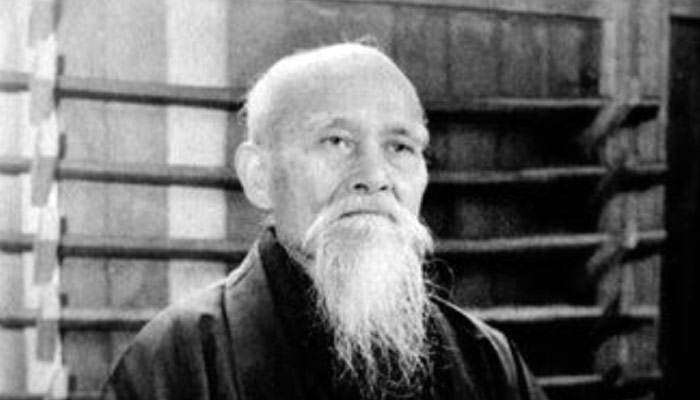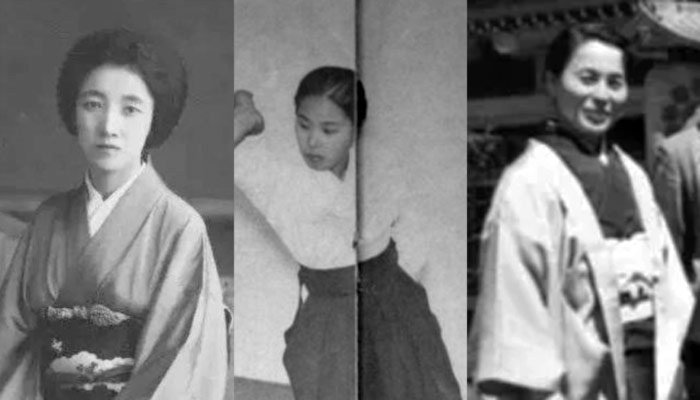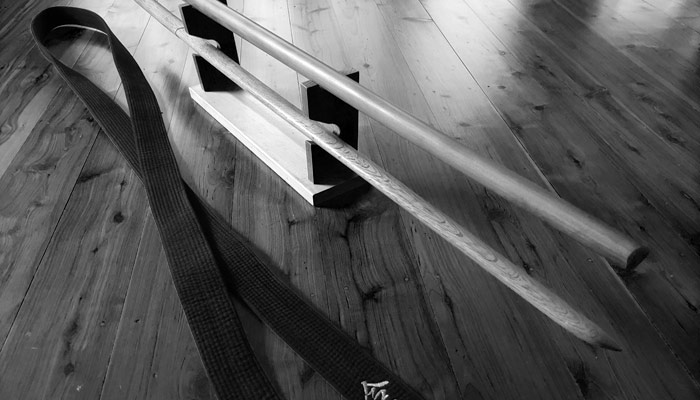History 歴史
-
Roots in Tanabe: The Childhood and Heritage of O Sensei
O Sensei, Morihei Ueshiba 植芝盛平, was born on December 14, 1883. His official family registry was at Nishinotani Village 西ノ谷村, Nishimuro-gun 西牟婁郡, Wakayama Prefecture 和歌山県. The village was incorporated into Tanabe Town 田辺町 in 1924, and later became part of Tanabe City 田辺市 in 1942. At the time of his birth, Tanabe was the seat of the Ando clan 安藤氏, retainers of the Tokugawa family 徳川氏 of Kishu 紀州. O Sensei’s father was named Yoroku 与六, and his mother was Yuki ゆき. It is said that the Ueshibas had their roots in Misu 三栖, and that O Sensei’s great-grandfather was the first of the family to move to Tanabe. Today’s…
-
Morihei Ueshiba, Onisaburo Deguchi, and the Second Omoto Incident
The Second Omoto Incident 第二次大本事件, which occurred in 1935, was a significant event in Japan’s modern history, involving the suppression of the Omoto religion by the Japanese government. Founded by Nao Deguchi 出口直 in the late 19th century, the Omoto religion combined elements of Shinto 神道 and other beliefs, promoting peace and universal harmony. It was led by Nao’s son-in-law, Onisaburo Deguchi 出口王仁三郎, a charismatic figure with ambitious visions for world peace and universalism. Omoto attracted followers nationwide; however, the religion’s perceived unconventional teachings and political influence attracted the scrutiny of the Japanese government, which led to the first major suppression in 1921, known as the First Omoto Incident 第一次大本事件.…
-
The Rise of a New Religion That Shaped Aikido and Sparked the First Omoto Incident
In the early 20th century, Japan witnessed the rise of Omoto 大本 (commonly called Omoto-kyo 大本教, though the formal name omits the “kyo” meaning religion). Its teachings significantly influenced the development of Aikido. Morihei Ueshiba, the founder of Aikido, was known to be a devoted follower of Omoto. However, the religion’s perceived unconventional teachings and political influence attracted the scrutiny of the Japanese government. The first major suppression of Omoto occurred in the early 1920s, marking a turbulent chapter in its history. Omoto-kyo, often considered a new Japanese religion with roots in Shinto 神道, was founded by Nao Deguchi 出口直. Nao, an ordinary housewife from the small town of Ayabe,…
-
Aikido: 合氣道 or 合気道?
To determine whether Aikido should be written as 合氣道 or 合気道, it is essential to understand the history and differences between the kanji 氣 (Ki) and 気 (Ki). The character 氣 is the original kanji from China, while 気 is the simplified Japanese version. 氣 (Qi in Chinese) is composed of the radicals 气 and 米. 气 (Qi) is the original form of 氣, pictogram appears in Jiaguwen 甲骨文 (script inscribed on animal bones and tortoise shells) for cloud vapor or moving gas, also representing inhaling and exhaling breath. 米 is rice. The earliest recorded use of 氣 dates back to 25-220 AD, initially associated with food, due to rice…
-
The Art of Shikko and Suwari Waza in Aikido
Shikko 膝行, often referred to as knee-walking, is a fundamental movement method in Aikido. Aikido techniques performed from a seiza 正座 (seated) or shikko position are called suwari-waza 座り技. Suwari-waza is a distinguishing feature of Aikido, rarely seen in other martial arts. To understand why Aikido practices shikko and suwari-waza, one must trace back to Daito-ryu Aiki-jujutsu 大東流 合気柔術, which Morihei Ueshiba, the founder of Aikido, studied before establishing Aikido. Daito-ryu is said to be an Aizu han no otome-ryu 会津藩の御留流, a secret martial art of the Aizu 会津 domain. The Aizu han was a powerful and significant feudal domain during the Edo period 江戸時代, located in the westernmost region…
-
Ueshiba’s Hokkaido Saga – The Beginning
Morihei Ueshiba had felt adrift since his departure from the Army. He longed for fresh challenges and a profound purpose to dedicate his life to. This persistent restlessness ultimately led Ueshiba on an exploration journey to Hokkaido 北海道 where his life would intersect with destiny, setting in motion a series of events that would leave an indelible mark on the world of modern martial arts. During that time, the Japanese government had a vision to colonize and transform Hokkaido into a thriving agricultural and industrial area capable of supporting its growing population. This involved significant projects such as land reclamation, infrastructure development, and the encouragement of immigration to the region.…
-
Aiki Jinja: Bridging Spirituality and Martial Arts in Iwama
Nestled in the tranquil town of Iwama 岩間, Japan, Aiki Jinja 合気神社 (Aiki Shrine) stands as a testament to the convergence of martial arts and spiritual reverence. In 1942, Ueshiba and his wife, Hatsu, relocated from Tokyo to Iwama. In this little town, Ueshiba dedicated himself to the concept of martial and agricultural unity 武農一如, acquiring land and engaging in farming activities. Subsequently, he constructed both a dojo and a shrine, the Aiki Jinja. He referred to this place as the birthplace of aikido 合気道の産屋. Over time, this site has gained profound significance, now regarded as a sacred ground by countless aikido practitioners. Ueshiba constructed Aiki Jinja as a sanctuary…
-
O-Sensei’s Aliases: Moritaka and Tsunemori Ueshiba
Beyond his birth name Morihei Ueshiba 植芝盛平, O-Sensei used two other names, Moritaka Ueshiba 植芝守高 and Tsunemori Ueshiba 植芝常盛, during his lifetime. Moritaka Ueshiba was a name that Ueshiba often used in his 40s and 50s after his trip to Mongolia in 1924. The journey to Mongolia took place approximately three years after the First Omoto-kyo Incident, during which Japanese authorities suppressed Omoto-kyo by raiding their headquarters and arresting its leader, Onisaburo Deguchi 出口 王仁三郎. Deguchi, along with a group of his disciples, including Ueshiba, embarked on an expedition to Mongolia with the ambition of establishing a new religious kingdom there. The Omoto-kyo believes in Bankyo Dokon 万教同根, the concept…
-
Breaking Barriers: The Pioneering Women of Aikido
Japan has a rich history of women practicing martial arts. Women of the samurai class learned naginatajutsu as part of their education and self-defense training since the Edo period (1603-1867). There are also records of women practicing kenjutsu, ko-tachi 小太刀, kusarigama 锁镰, and other weapon arts, but taijutsu was relatively uncommon. However, the situation began to change in the early 1900s when martial arts such as Judo became a regular part of school curriculums. In 1919, Ueshiba met Onisaburo Deguchi 出口王仁三郎, the founder of the Omoto 大本教 religion in Ayabe 府綾 Kyoto. The following year, Ueshiba moved his family to Ayabe and joined Omoto. Deguchi encouraged Ueshiba to pursue budo…
-
Bokuto or Bokken: The Difference and Historical Significance of “To” and “Ken” in Japanese Martial Arts
Bokuto 木刀 and bokken 木剣 are often used interchangeably (both being translated as “wooden sword”). However, “To” 刀 and “Ken” 剣 are different. First of all, the two kanji characters are not native Japanese words, but came from China. Therefore, the difference between them is better understood from the Chinese perspective. A 刀 is a single-edged weapon with a blade on only one side, primarily used for cutting, and often has a curved shape. On the other hand, a 剣 is a straight, double-edged weapon with blades on both sides and primarily used for piercing. Historically speaking, the use of 刀剣 (as a comprehensive term) in China can be traced…
